Forming a “digital ecosystem”
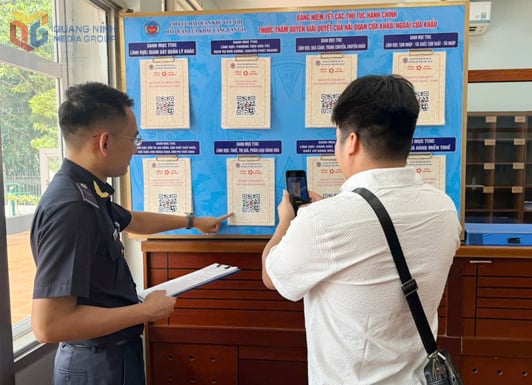
Identifying customs modernization as a solid step in shortening customs clearance time for businesses, over the past years, the Regional Customs Sub-Department VIII has focused all resources to synchronously deploy solutions, gradually bringing modern technology into all business stages. The IT infrastructure system has been upgraded synchronously, ensuring smooth connection from the center to border gates and seaports. Level 3 and 4 online public services, the national single window mechanism, the ASEAN single window mechanism, and the VNACCS/VCIS automatic customs clearance system have been operated stably, serving businesses 24/7.
In order to effectively implement Resolution No. 57-NQ/TW of the Politburo , the direction of the province and the industry on science and technology development, innovation and digital transformation, the Department has developed a plan for science and technology development, innovation and digital transformation in 2025, with a vision for 2026-2030 for the unit. At the same time, it established a Steering Committee, a Technology Application Research Team, a Reform Advisory Team; implemented training courses, propaganda, and raised awareness of civil servants; launched an emulation movement on "Digital Literacy for the People"; the model of "Customs Officers with AI"..., striving for 100% of civil servants to be proficient in technology, ensuring that each unit has at least one leader who is knowledgeable about technology and can operate effectively, creating a solid foundation for the team to meet new requirements.
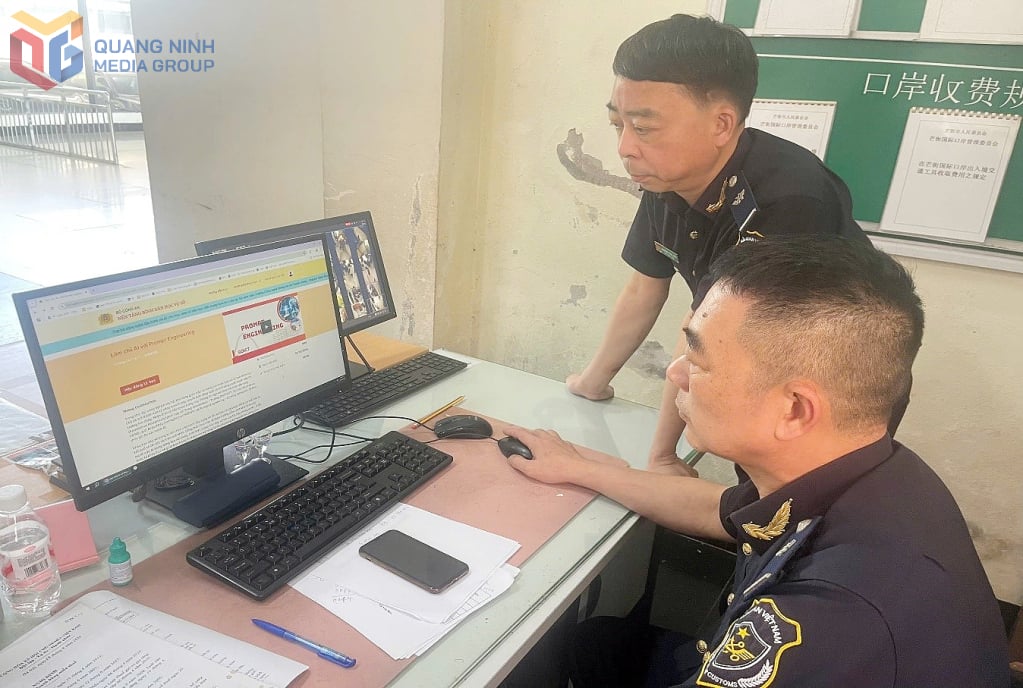
The movement "Digital Education for the People" and the model "Customs Officers with AI" have created a clear change in the awareness and digital skills of the officers and employees of the Customs Department. Many initiatives to apply AI in analyzing declaration data, identifying risky shipments, and supporting quick inspection decisions have been deployed, helping to shorten processing time, increase accuracy, and reduce pressure on civil servants. Some new applications are being tested by border gate units such as: AI analyzing historical business data, declarations; IoT sensors monitoring containers; blockchain in storing electronic documents; big data serving to forecast the flow of goods. This application has initially shown positive results, shortening the time for risk analysis, reducing the rate of manual inspection, and increasing the accuracy in selecting inspection objects.
Along with technology modernization, the Department attaches special importance to internal inspection and supervision. Over 20 professional software are fully exploited, combined with an online monitoring system, helping the Department's leaders grasp the situation remotely, promptly identify signs of violations, handle them quickly, and prevent negativity. Connecting data with businesses, port authorities, and border guards has formed a "digital ecosystem" in import-export management, closed from receiving declarations, monitoring goods, collecting taxes, to statistics.

At border gates and seaports, the smart customs model has been gradually formed. At Hon Gai and Cam Pha, the camera system for monitoring goods entering and leaving the port is connected in real time to the control center, along with QR code scanning technology and automatic license plate recognition, helping to control vehicles quickly and accurately. At Bac Phong Sinh Border Gate and Hoanh Mo Border Gate, electronic declaration before goods arrive at the border gate has contributed to reducing congestion, increasing customs clearance speed, and combining remote monitoring to prevent smuggling... At Mong Cai International Border Gate, risk management is carried out centrally, goods data is exchanged in advance with the other side, helping both sides proactively arrange forces, shortening customs clearance time. In the first 6 months of 2025, the time for customs clearance of goods through border gates and openings managed by Mong Cai International Border Gate Customs will continue to decrease; in which the time for exported goods is about 9 minutes, the time for imported goods is about 3 hours.
Mr. Ninh Van Trinh, General Director of NCT Logistics Trading Joint Stock Company, said: Immediately after the Customs sector implemented the new model, Mong Cai International Border Gate Customs has reorganized and eliminated the intermediate level of teams and groups. The customs clearance system under the new organizational model operates stably and smoothly, without causing interruptions or affecting the import-export activities of enterprises.
Thanks to the above solutions, Regional Customs Sub-Department VIII has become a bright spot in the whole industry in administrative reform and business support.
Aiming for “paperless - contactless - instant clearance”
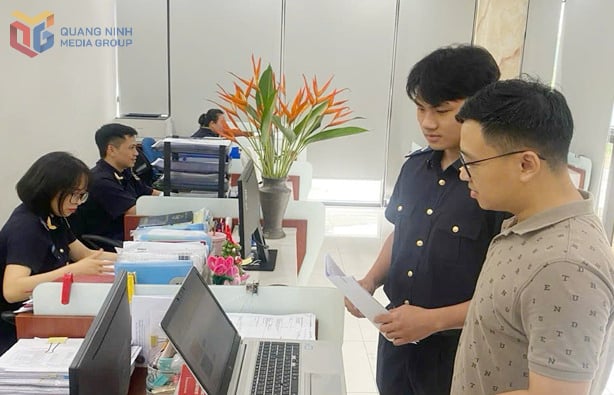
In recent years, the international trade situation has changed rapidly, the volume of imported and exported goods through Quang Ninh has increased sharply, the requirement to both facilitate businesses and tighten discipline and order is urgent. In the period of 2025-2030, the Regional Customs Sub-Department VIII has identified the key task as perfecting a comprehensive digital customs model, moving towards smart customs, meeting the goal of "paperless - contactless - instant customs clearance" by 2030. This is not only a requirement from the industry's development strategy, but also the desire and expectation of the business community.
To realize the above goal, the Department determined that it must have high political determination and synchronously deploy groups of solutions. In the immediate future, the unit will focus resources on upgrading IT infrastructure from the center to the border gate, ensuring high-speed transmission lines, strong servers, large-capacity storage systems, and high security. Along with that, it is necessary to expand the camera system, IoT sensors, modern screening equipment, and centralized data connection. At the same time, AI applications and big data analysis are deployed more deeply in the stages of risk analysis, cargo flow management, and import-export volume forecasting; big data will support strategic decision making. Small-scale AI pilot models will be replicated after proving their effectiveness, towards a smart analysis system and early warning of violations.
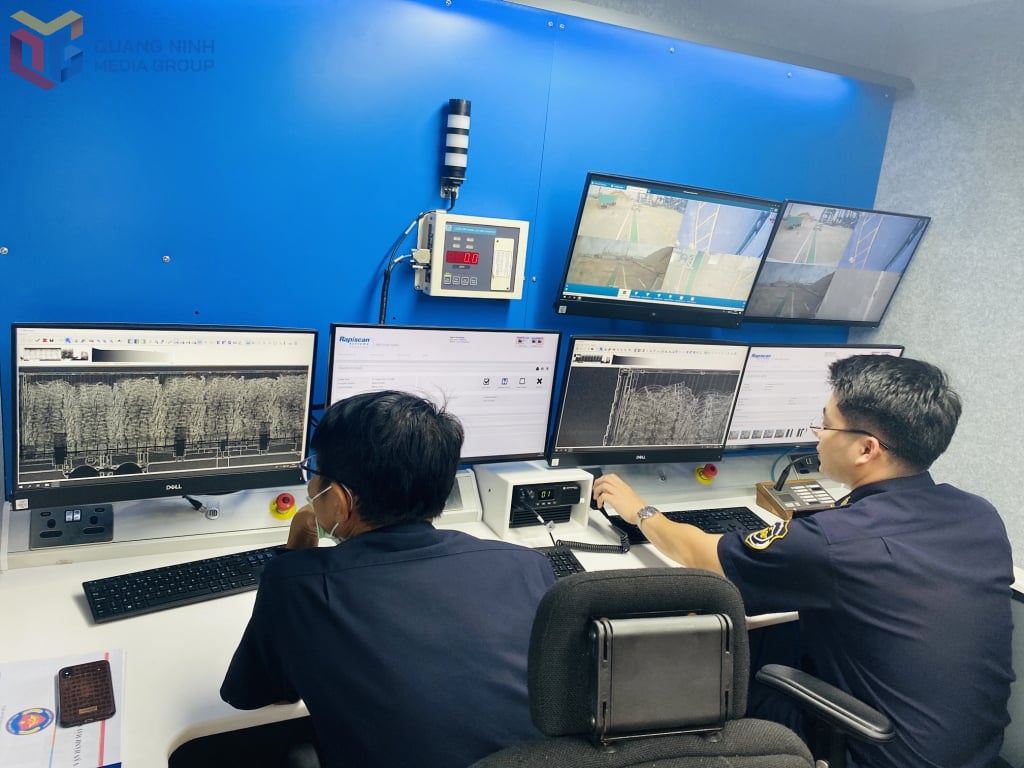
Customs modernization will be linked to the process of deploying digital border gates at road border gates and building smart border gates in Mong Cai. Mong Cai International Border Gate has been equipped with modern technology systems such as: Automatic goods management and control; barcode and QR code reading; surveillance cameras and facial recognition; automatic vehicle management and control. These systems have helped increase the efficiency of management and control at the border gate, reducing time and costs for trading activities. Mong Cai International Border Gate has connected to the smart border gate system of Dongxing City (China), helping to enhance cooperation and trade between the two countries. After implementing the bilateral smart border gate model with features such as: Smart security control, electronic procedure processing, integrated traffic monitoring system... will bring many positive impacts to the economies of both countries, enhance cooperation and trade, improve the capacity and efficiency of customs clearance of goods, meet the growing demand and promote cross-border trade of goods between Vietnam and China.
Along with infrastructure investment, the Department is determined to build a team of "core digital civil servants". Each affiliated unit will have a group of civil servants who are trained in technology and expertise, playing the role of "digital ambassadors", people with knowledge and skills to support colleagues directly on the spot, answer basic questions and inspire learning. At the same time, the model of "Customs officers with AI" is introduced by equipping civil servants with smart tools to improve productivity and work efficiency. In which, the IT Department's officers play a key role in this activity. The IT department will establish close relationships with functional departments to identify processes and tasks that are large, repetitive or require complex analysis that AI can support, such as: Using AI to analyze large data from declarations, business history, business information to identify unusual signs, high-risk shipments, helping professional staff focus resources on inspection more effectively. At the same time, it is a pioneer in testing the construction of small, simple AI models to demonstrate the feasibility and effectiveness of applying AI to a specific problem before replicating.
Mr. Bui Ngoc Loi, Deputy Head of the Regional Customs Sub-Department VIII, said: Digital customs and smart customs are not only a trend but also a mandatory requirement to improve the capacity of state management of customs in the digital economy era. The Sub-Department will proactively propose to the Customs Department and the Ministry of Finance to complete the legal corridor for new applications, such as blockchain, smart contracts, full-process electronic records, etc. to maximize the benefits of advanced technology as well as experience from international customs. From the foundations built in the 2020-2025 period, the Sub-Department will continue to research new applications to serve customs management in the area to maintain the role of one of the pioneering units of Vietnam Customs in implementing digital customs and smart customs, contributing to the goal of making Quang Ninh a dynamic growth pole of the whole country.
Source: https://baoquangninh.vn/hai-quan-khu-vuc-viii-quyet-tam-chuyen-minh-voi-hai-quan-so-hai-quan-thong-minh-3371505.html


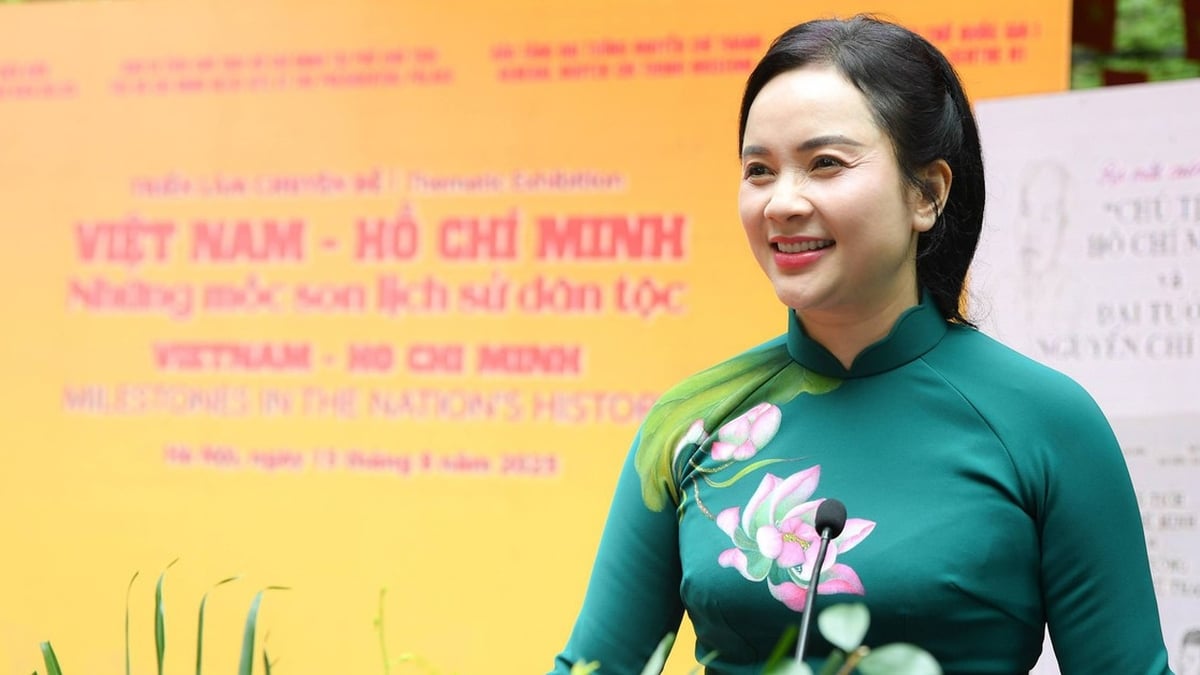
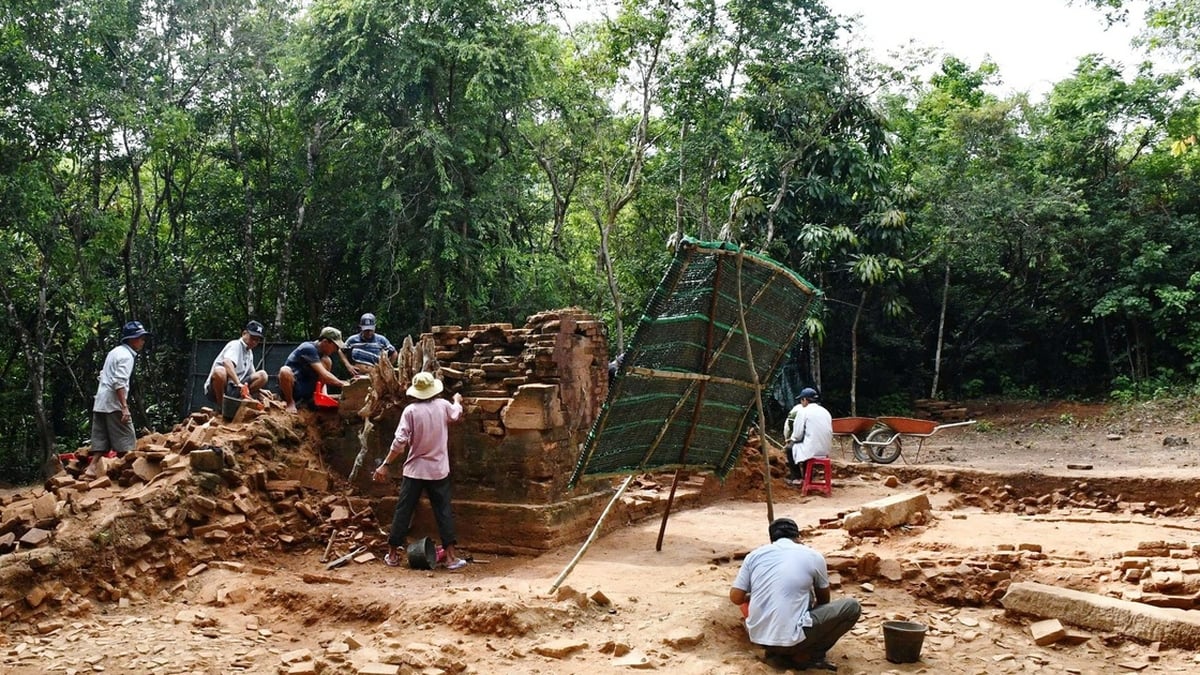

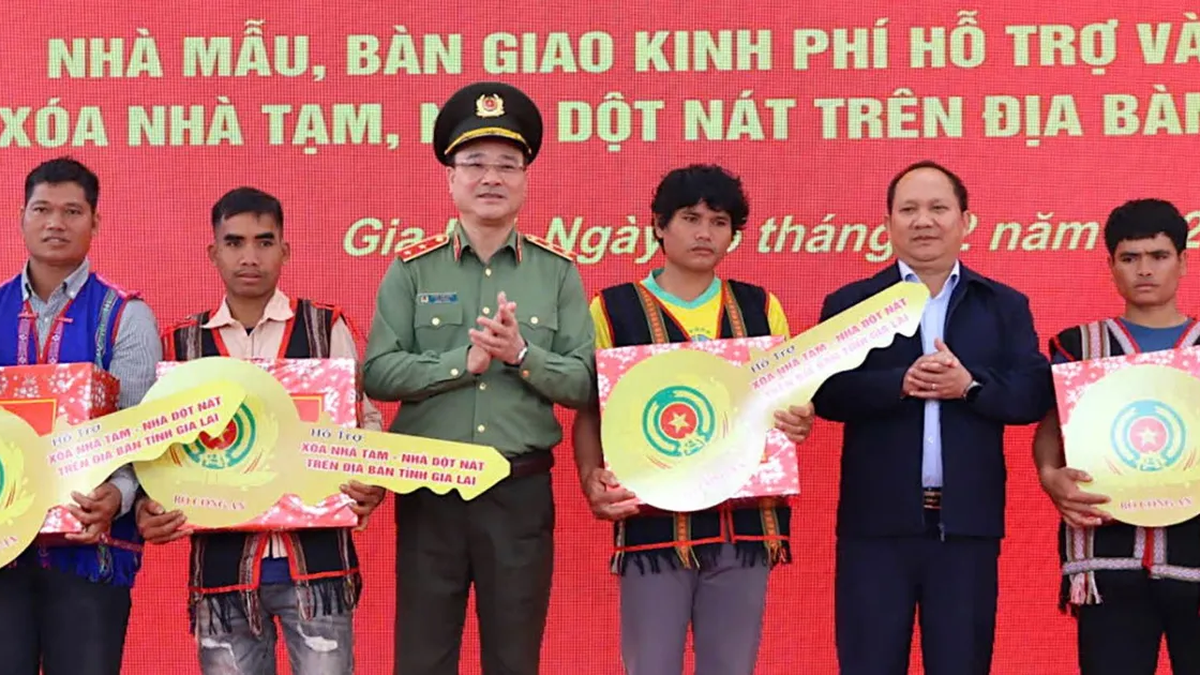
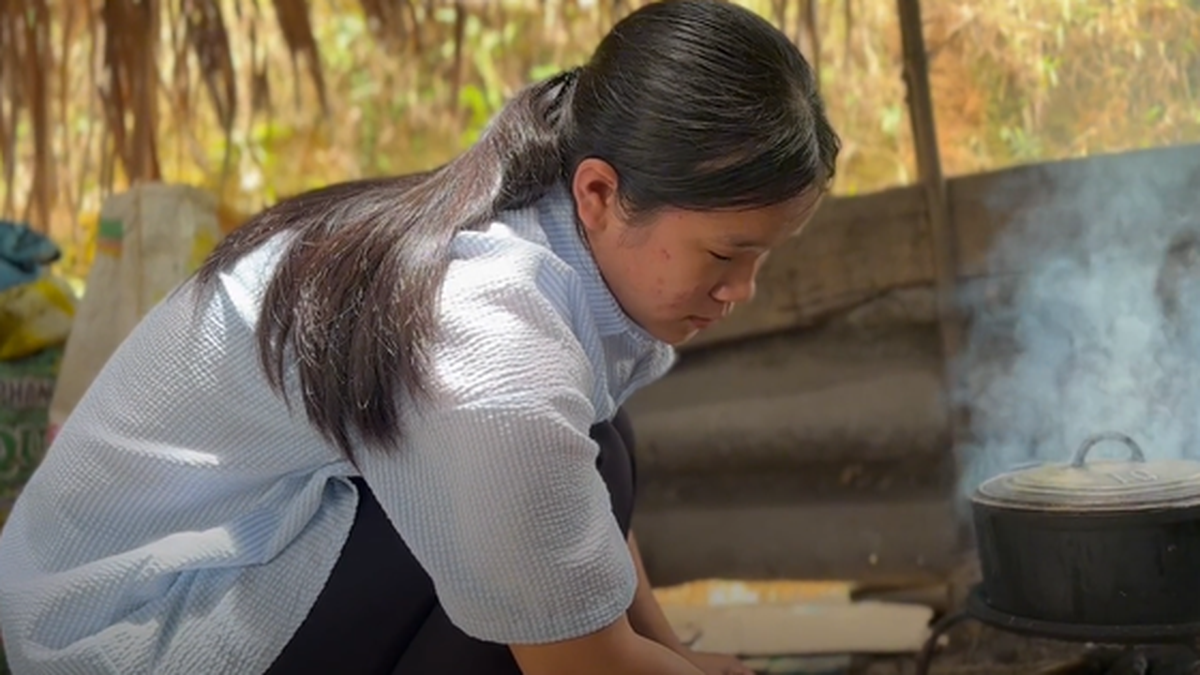
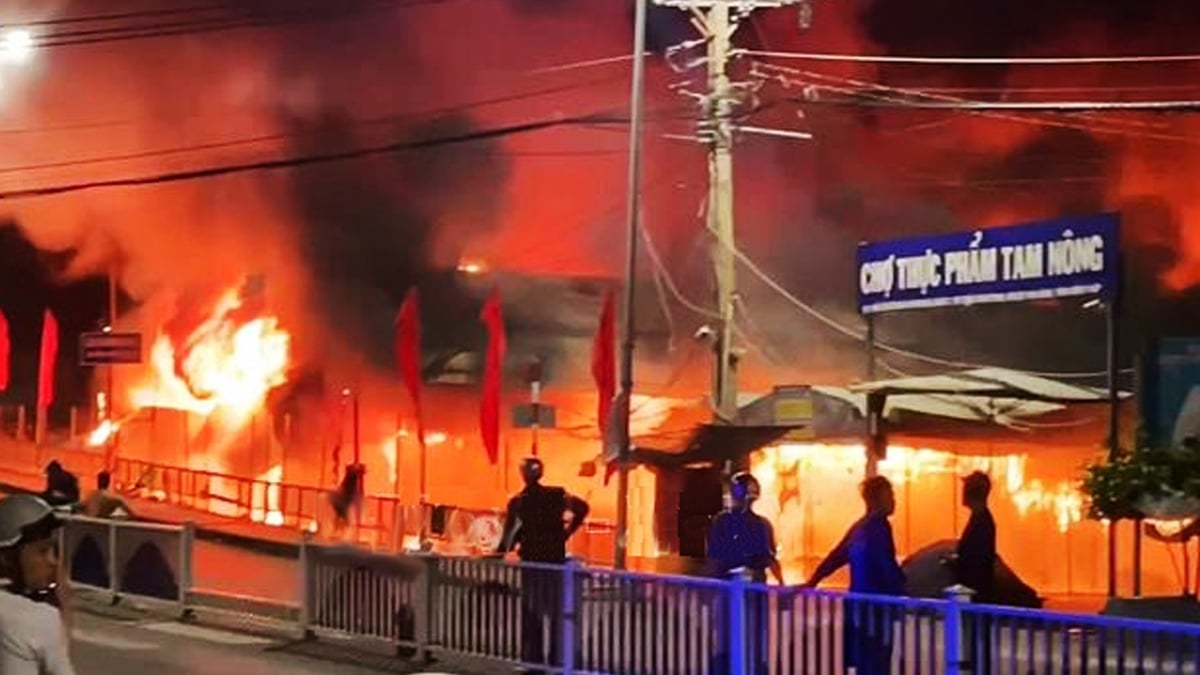
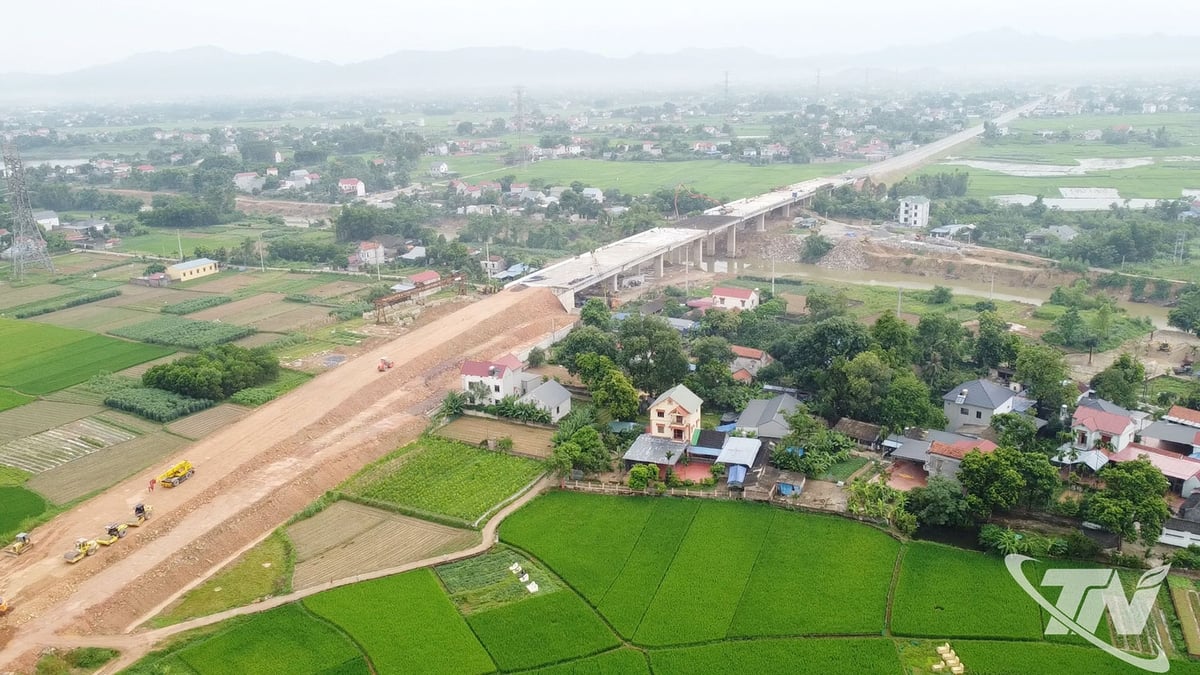
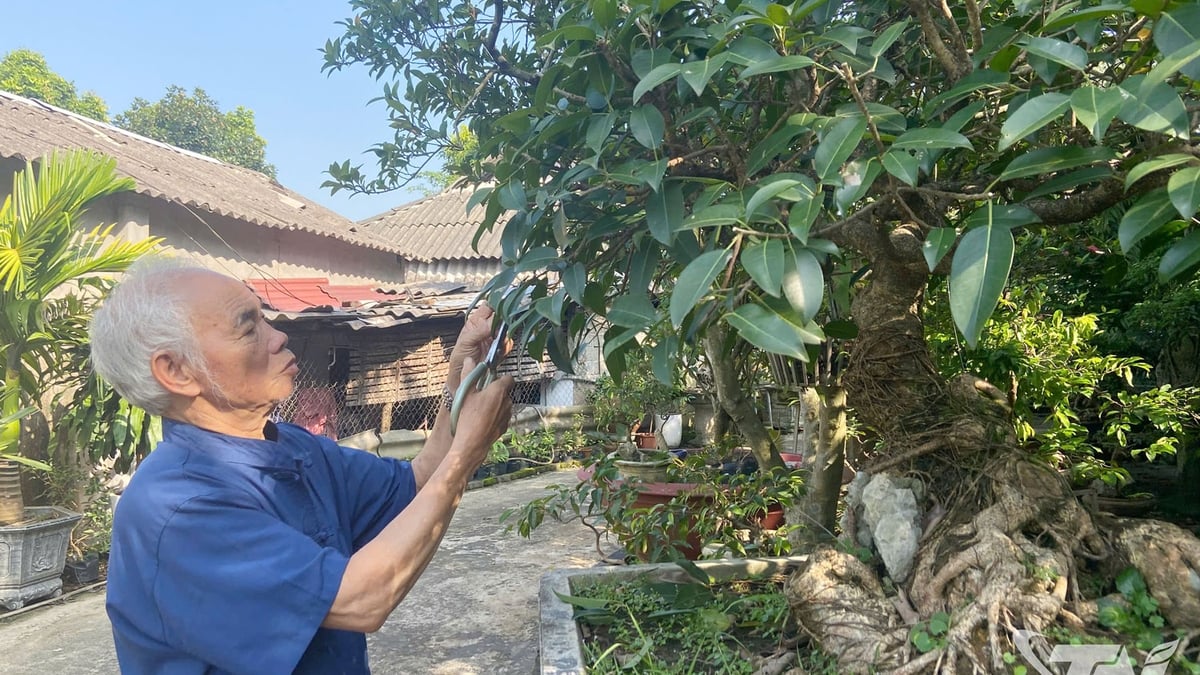
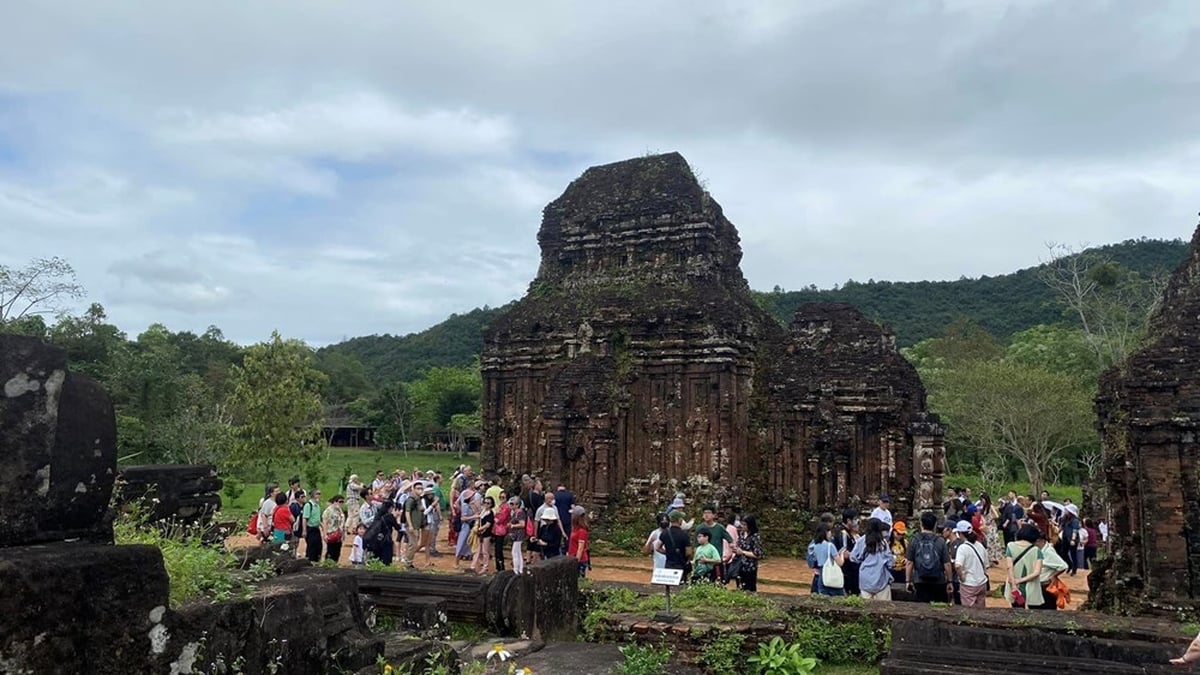












![[Photo] Red and yellow stars at the launching ceremony of the program "Moving Forward with Vietnam"](https://vphoto.vietnam.vn/thumb/1200x675/vietnam/resource/IMAGE/2025/8/16/076df6ed0eb345cfa3d1cd1d7591a66f)
![[Photo] Prime Minister Pham Minh Chinh attends a special art program called "Hanoi - From the historic autumn of 1945"](https://vphoto.vietnam.vn/thumb/1200x675/vietnam/resource/IMAGE/2025/8/15/c1c42655275c40d1be461fee0fd132f3)
![[Photo] Prime Minister Pham Minh Chinh talks on the phone with Cambodian Prime Minister Hun Manet](https://vphoto.vietnam.vn/thumb/1200x675/vietnam/resource/IMAGE/2025/8/15/72d3838db8154bafabdadc0a5165677f)

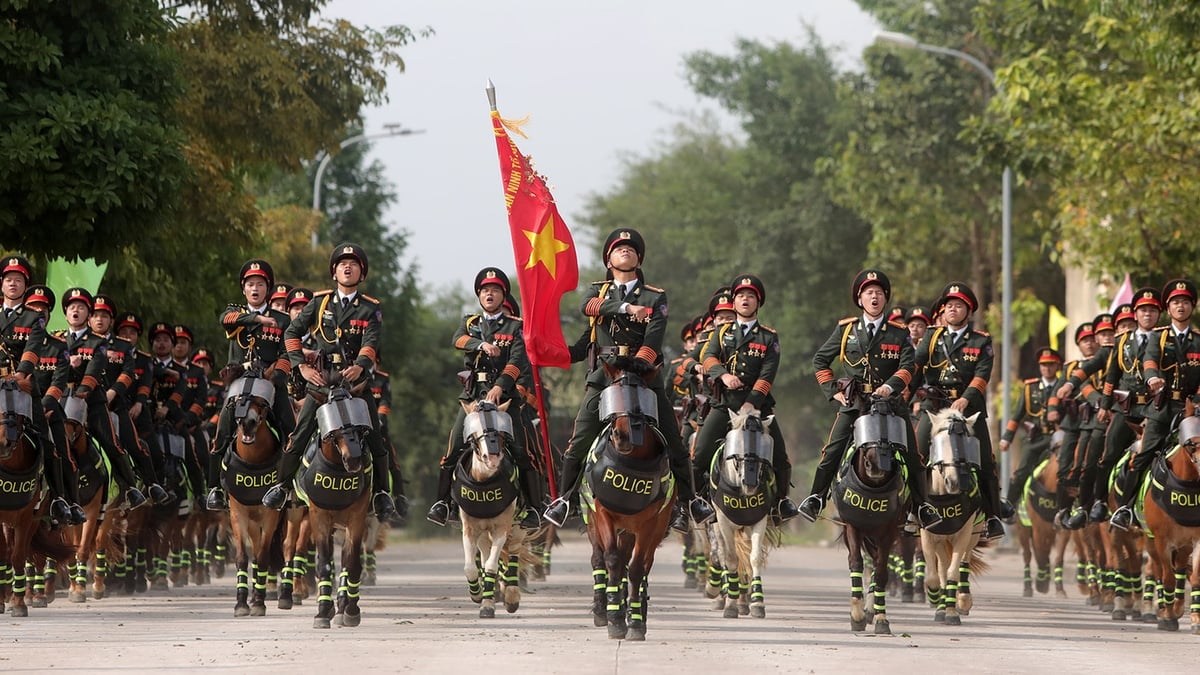
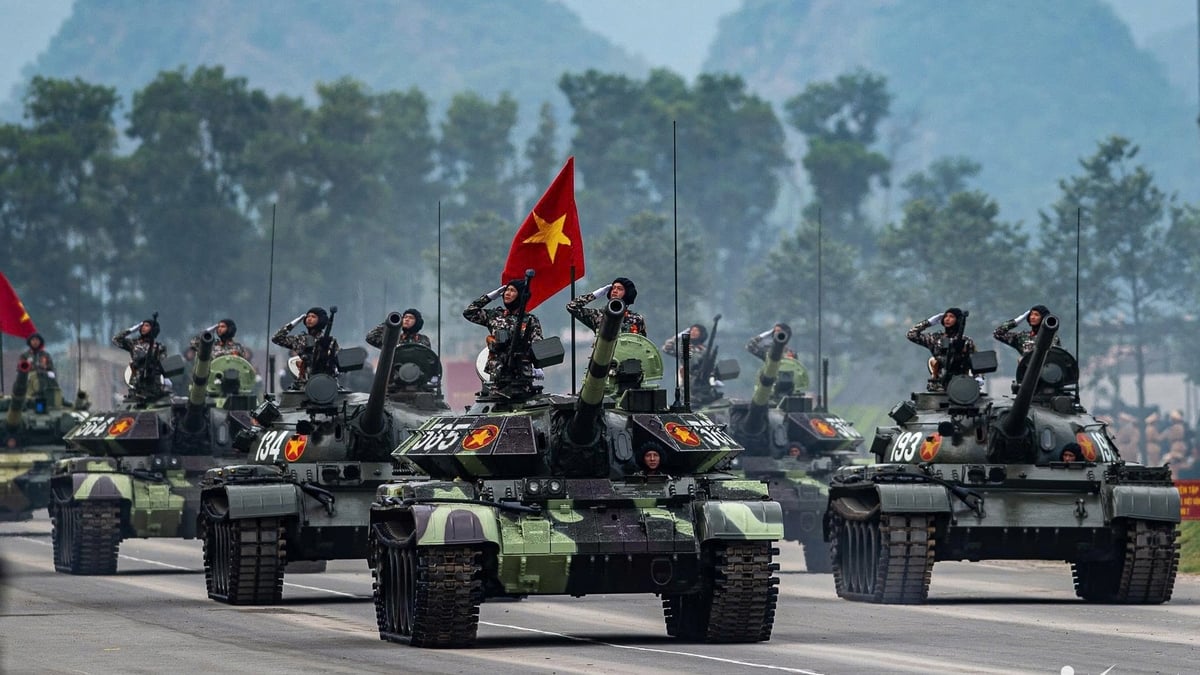
![[Photo] The special solidarity relationship between Vietnam and Cuba](https://vphoto.vietnam.vn/thumb/1200x675/vietnam/resource/IMAGE/2025/8/15/5f06c789ab1647c384ccb78b222ad18e)

![[Photo] Firmly marching under the military flag: Ready for the big festival](https://vphoto.vietnam.vn/thumb/1200x675/vietnam/resource/IMAGE/2025/8/15/86df2fb3199343e0b16b178d53f841ec)


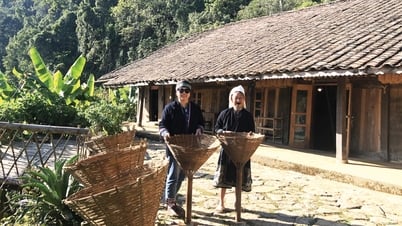





















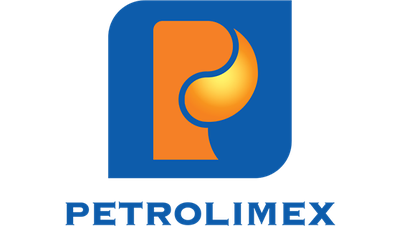

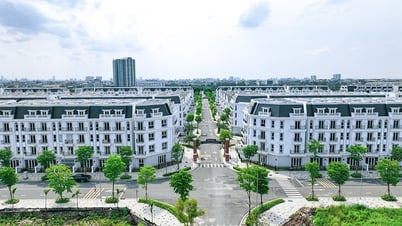





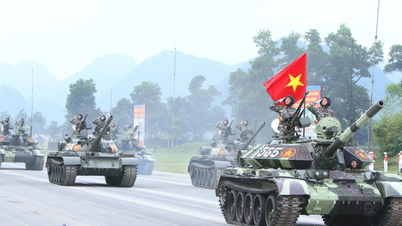



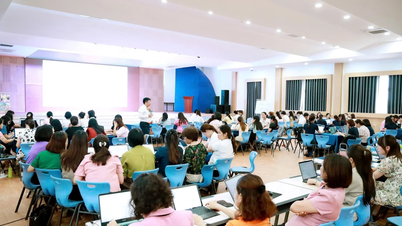




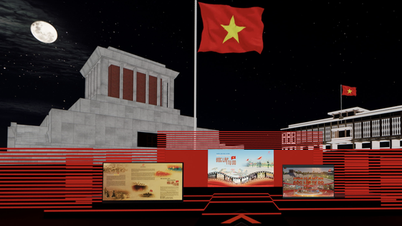
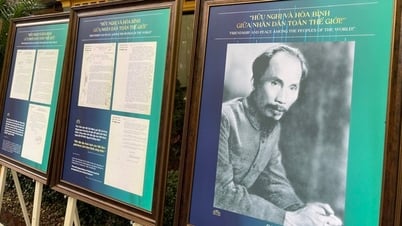
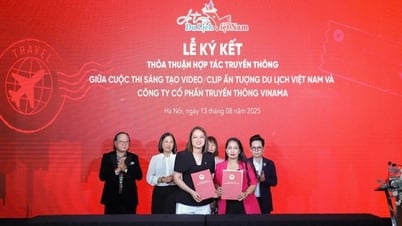
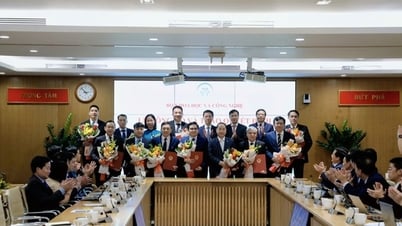






















Comment (0)